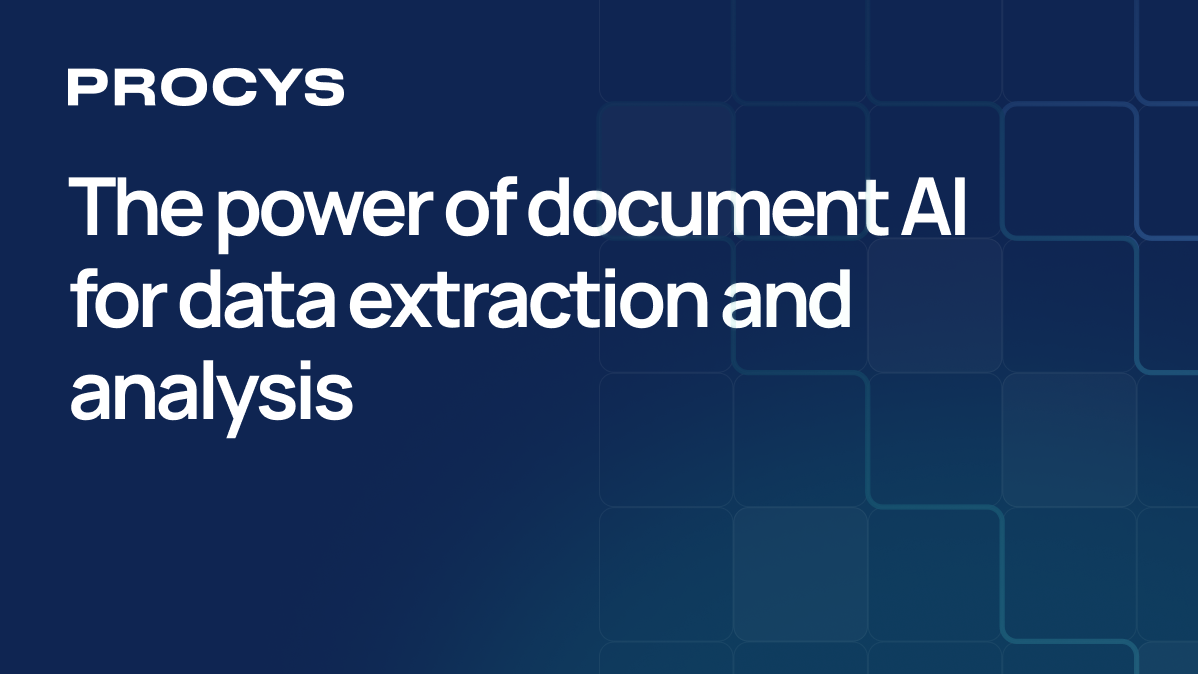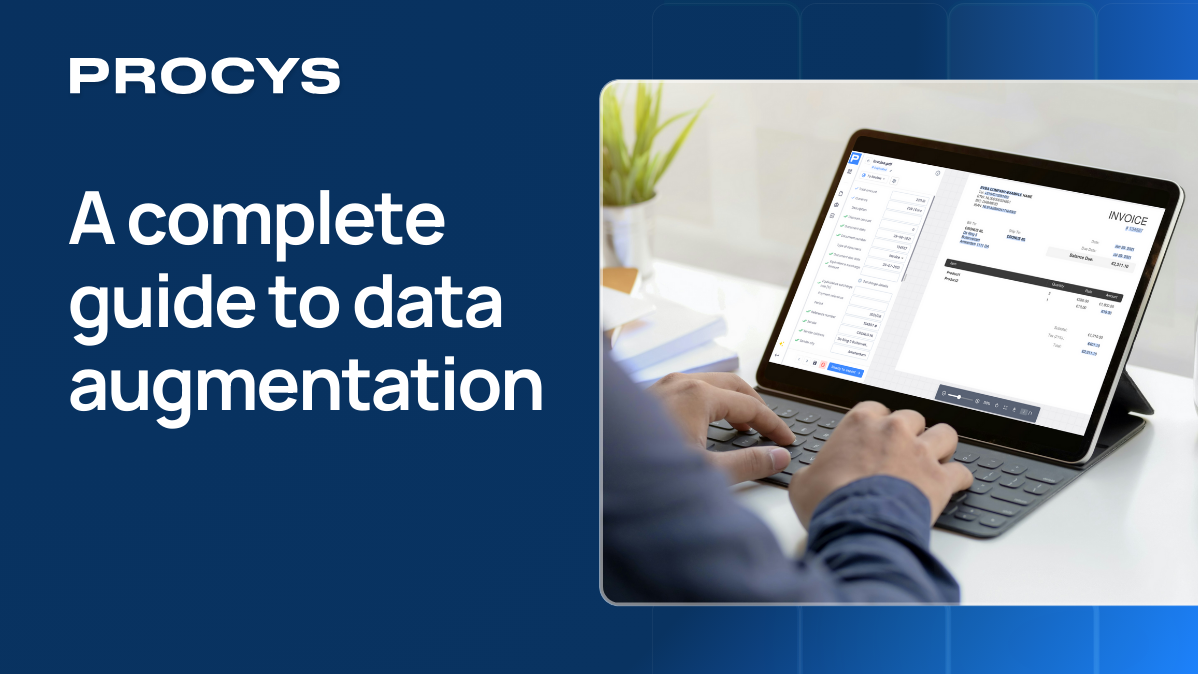The Optical Character Recognition (OCR) technology plays a crucial role in automating data extraction. However, understanding the differences between OCR systems offered by platforms like Procys and Holded is essential.
Not sure what OCR is and how it works? Don't worry, we'll explain it briefly:
OCR, or Optical Character Recognition, is a technology that converts text images into editable digital text. It uses algorithms to analyze and recognize patterns in scanned images or photographs, identifying letters, numbers, and other characters. Once the text is recognized, it can be edited, searched, or electronically stored, facilitating document management and task automation, such as extracting information from invoices, passports, books, among others, in business and productivity applications.
For example, imagine you have a printed document with important text that you need to copy. With OCR, you can take a photo of that document with your phone and automatically convert that image into digital text that you can edit on your computer. It's like turning a photo of a book into a Word document that you can modify and save.
In this article, we will explore the distinctive features of the OCR systems of Procys and Holded, two platforms. We will analyze how they approach data extraction, highlighting the key advantages and considerations for each:
Procys stands out among the competition for its advanced data extraction capabilities, which go beyond the default header of documents. The implementation of AI enhances its ability to extract data from additional lines and fields, enabling exceptional accuracy and detail in document management across various business types.
Among the benefits of this advanced data extraction are:
- Higher Accuracy: The ability to extract data from customizable lines and fields significantly improves accuracy in capturing information, reducing errors, and optimizing business processes.
- Flexibility: By being able to extract data from various parts of a document, Procys offers users invaluable flexibility to adapt to different document structures and specific business needs.
- Enhanced Efficiency: With more detailed data extraction, users can access relevant information more quickly and efficiently, streamlining workflows and improving overall productivity. Additionally, Procys features a self-learning engine that continuously enhances its recognition capabilities.
On the other hand, Holded focuses primarily on extracting data from the default header of documents. While this may be suitable for certain situations, it may limit users' ability to obtain detailed information from documents with more complex structures or additional fields.
Procys, on the other hand, excels in its ability to extract data from both headers and detailed lines of invoices. This allows for accurate assignment of data to corresponding accounting entries. Furthermore, its AI-powered OCR allows for the addition of custom fields and reading of invoice lines, offering advanced functionality that makes a difference in efficient document management.
When considering OCR options, it is essential to evaluate the specific needs of your business and how each platform approaches data extraction. If you are looking for a solution that offers more detailed data extraction and additional functionality, Procys may be worth considering. However, the final choice will depend on your business objectives and each platform's ability to meet your unique needs.





